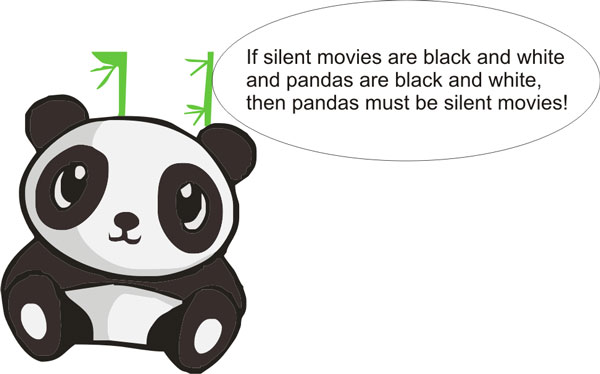 |
| source: http://bit.ly/ySESJK |
In the
eleventh class of the critical thinking course, we saw the movie “Witness For
The Prosecution”. It is actually a play written by Agatha Christie. This movie
was showed to us so that we understand about evidence. It was good.
The
twelfth class was the last day of the course. We took pictures together. We
tried solving a few problems. Here are those problems for you to attempt...
The first
one is well-known and quite easy.
Q1. Sruti, Keerthanya and
Sandhya eat at a eatery. The waiter says the bill is Rs 30 and each
of them give Rs 10. When he takes the money to the cashier, the cashier
returns Rs 5 as the bill is only 25. The waiter wonders how to distribute
5 between three and being intelligent, decides to keep 2 and return one to
each. So each of them paid 9 a total of 27 and the kept 2 so total is 29
whereas they originally paid 30. What happened to the missing rupee?
Q2. At the Secret
Convention of Logicians, the Master Logician placed a band on each attendee's
head, such that everyone else could see it but the person themselves could not.
There were many, many different colors of band. The Logicians all sat in a
circle, and the Master instructed them that a bell was to be rung in the forest
at regular intervals: at the moment when a Logician knew the color on his own
forehead, he was to leave at the next bell. Anyone who left at the wrong bell
was clearly not a true Logician but an evil infiltrator and would be thrown out
of the Convention post haste; but the Master reassures the group by stating
that the puzzle would not be impossible for anybody present. How did they do
it?
Q3. The King called
the three wisest men in the country to his court to decide who would become his
new advisor. He placed a hat on each of their heads, such that each wise man
could see all of the other hats, but none of them could see their own. Each hat
was either white or blue. The king gave his word to the wise men that at least
one of them was wearing a blue hat - in other words, there could be one, two,
or three blue hats, but not zero. The king also announced that the contest
would be fair to all three men. The wise men were also forbidden to speak to
each other. The king declared that whichever man stood up first and announced
the color of his own hat would become his new advisor. The wise men sat for a
very long time before one stood up and correctly announced the answer. What did
he say, and how did he work it out?
Do share your anwers.




